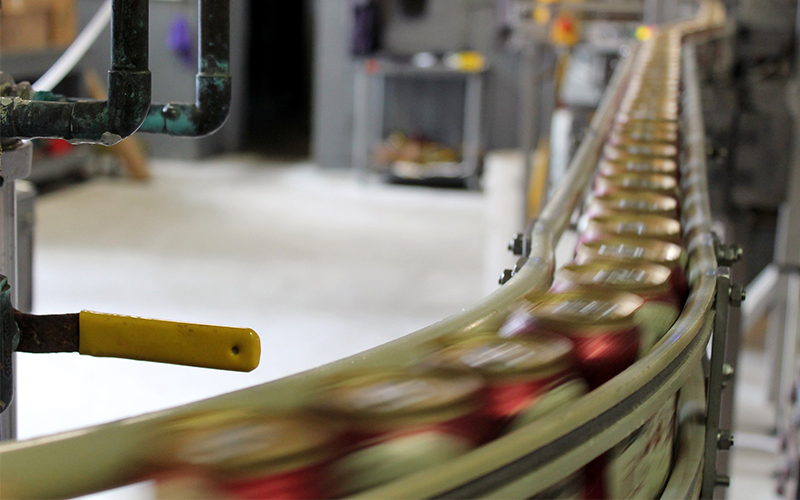What you eat has a direct impact on the quality of your health. Precisely, consuming unhygienic food will certainly result in health complications.
For manufacturers, inspection of consumables is an integral step in their production process. In fact, the majority of food companies are now investing in advanced inspection equipment to guarantee safety for you, their client. The following are some of the steps observed during beverage inspection.
Package Inspection
Most beverages are packaged in bottles (plastic and glass) and metallic cans. The first step of quality inspection is thoroughly checking the cleanliness of the packaging. This means that the bottles and cans must be free of foreign matter that could contaminate the drink. To improve the accuracy of this procedure, companies use electronic machines rather than error-prone humans.
The cleaning process should be as thorough as the subsequent inspection. For returnable packagings, such as beer and soda glass bottles, the sanitation standards should be a notch higher because of the amount of contact that such bottles encounter.
Uniformity Tests
After the cans and bottles pass the cleanliness test in the beverage inspection process, they are passed onto machines that fill them with the desired amount of beverage. Surprisingly, the volume of the liquid content is not always uniform across all packages. All packages must be checked for uniformity to avoid selling beverages in amounts that don’t match the capacity indicated on their packaging.
Besides the volume of the beverage, it is also important to evaluate the integrity of the seal. Cans should have no leaks and bottle tops must be properly fitted.
Ingredient Analysis
The quality of a beverage is related to the number of various ingredients used in its production. Different elements and compounds used in beverage manufacturing have their respective application limits which can’t be exceeded whatsoever. Before a drink is released to the market, its samples must undergo expert analysis to ensure that its contents are not harmful to potential consumers.
Labelling
People use beverages for varying purposes. Likewise, different people react differently to different chemical compounds. It is mandatory for every beverage to have a clear label indicating its contents and their respective proportions.
Because production lines usually have thousands of bottles or cans, it can be challenging for humans to accurately label each of them. This calls for the deployment of robots which can competently perform repetitive tasks. Having an inaccurate label can also mislead a client into buying a product that is well past its expiry date.
Water Quality
Water is a major component of beverage production. Essentially, if the hygiene of the water used in drink production is compromised, the entire process becomes unhygienic. The water should be free of salts as it should be clean. Preferably, it should be deionized and distilled before use to ensure that it is the best possible condition.
Conclusion
In addition to the safety of customers, having a beverage renowned for its hygiene standards improves the reputation of a brand. Companies should work hard to ensure their products don’t have the smallest strain of contaminants.










Discussion about this post